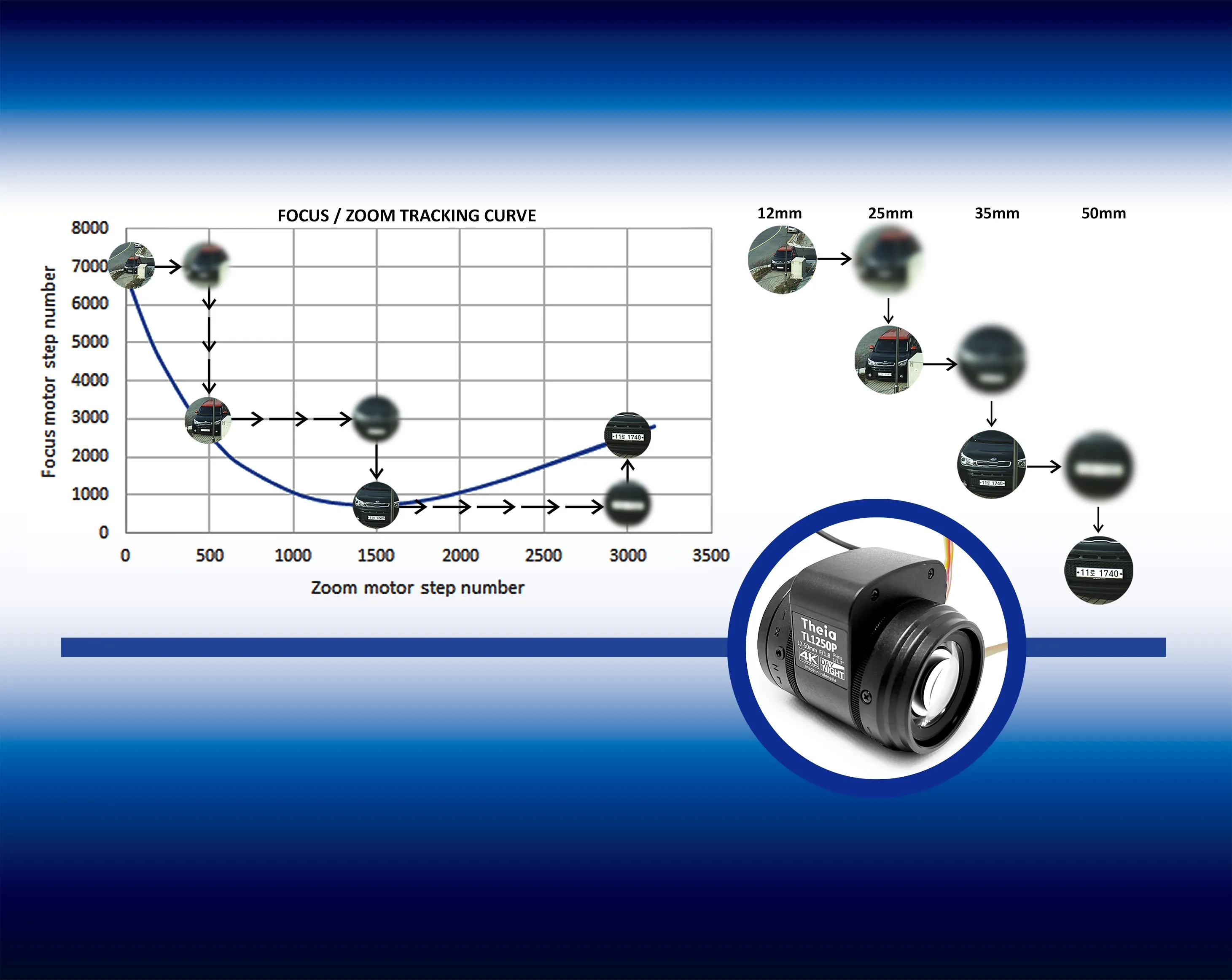Optelecom-NKF has announced the Siqura C-60 E-MC, its new flagship encoder, as the world's first hardened, multi-format quad-streaming video server. The Siqura C-60 E-MC is capable of streaming H.264, MPEG-4, MPEG-2 and MJPEG simultaneously. Each stream is optimised for its purpose, for example using high-quality H.264 or MPEG-2 for live viewing, low-bandwidth H.264 or MPEG-4 for storage and low-resolution MJPEG for web applications or mobile devices such as PDAs.
July 18, 2012
Read time: 2 mins

The Siqura C-60 E-MC is capable of streaming H.264, MPEG-4, MPEG-2 and MJPEG simultaneously. Each stream is optimised for its purpose, for example using high-quality H.264 or MPEG-2 for live viewing, low-bandwidth H.264 or MPEG-4 for storage and low-resolution MJPEG for web applications or mobile devices such as PDAs.
Specifically designed for demanding unconditioned outdoor applications, including roadside cabinets for traffic monitoring, remote monitoring for safety in industrial locations, and security for high-value facilities such as oil fields and chemical plants, the Siqura C-60 E-MC has been tested under harsh environmental conditions. It complies with the NEMA 2 standard regarding operating temperature (-40 to +74ºC/-40ºF to +165ºF) and vibration.
The C-60 E-MC is based on an open protocol and standardised video stream implementation and is easily integrated with third-party (VMS) software. It complements the range of H.264 products and software in the Siqura product line.










